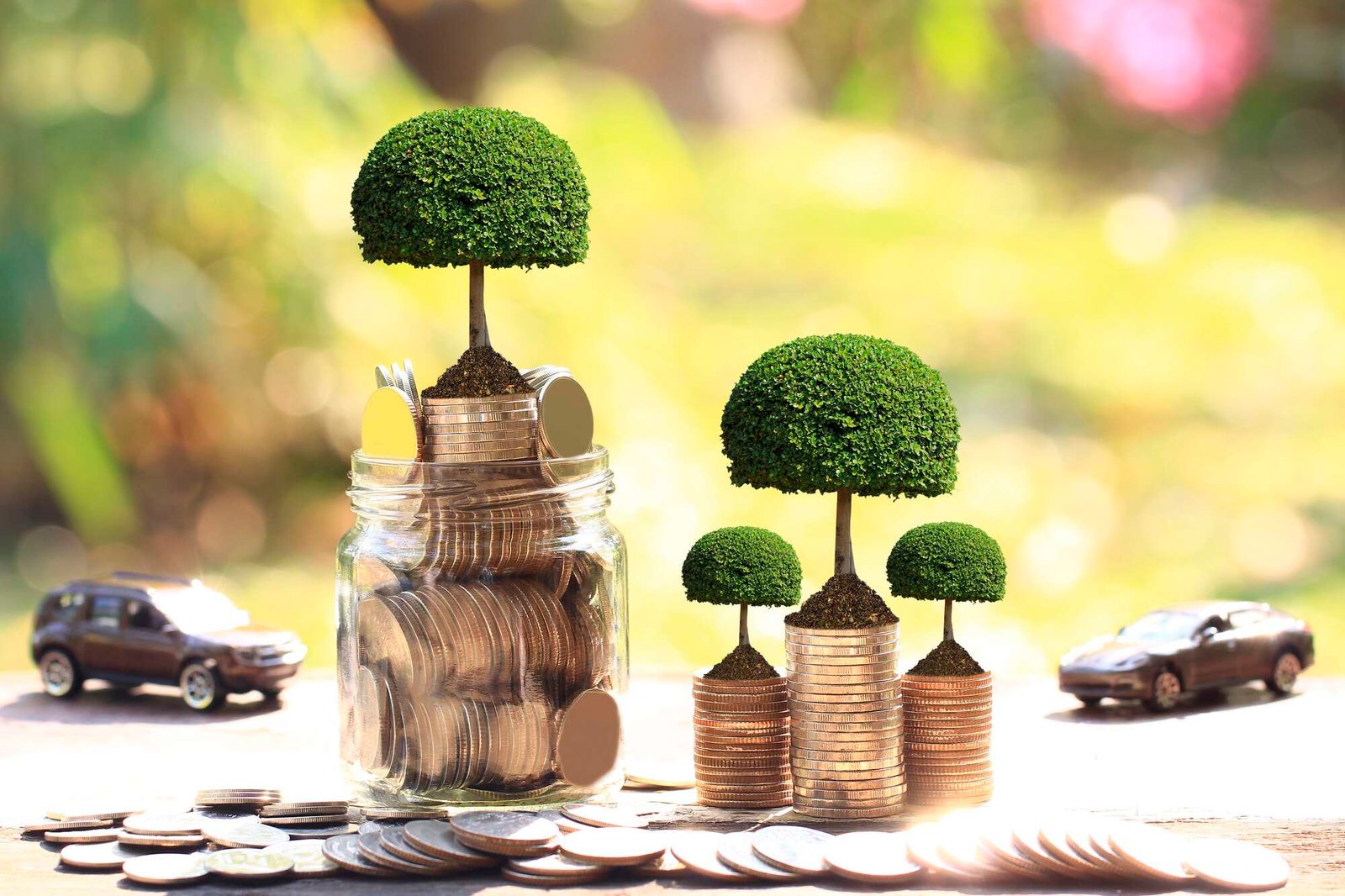[ad_1]
The African Development Bank (AfDB) has proposed debt-for-nature swaps for countries in heightened debt distress, amid recent global economic turbulences and increased climate-related catastrophes.
Debt-for-nature swaps are essentially an arrangement between a country and its bilateral or commercial lenders to write off part of its debts or waive interest. The amount saved is then used for nature conservation and climate change mitigation programmes.
It could also involve a third party – a bank or investor – buying back a country’s debt and replacing it with a cheaper loan, helping reduce the cost and the savings going to support conservation.
AfDB last year hired a researcher to assess the feasibility of debt-for-nature swaps in Africa, and the possible implications on the continent’s debt and climate sustainability and biodiversity conservation.
Read: Leaders push for new global financing model that fits Africa
AfDB, in a report published in October 2022, noted that the increased drive towards a sustainable future presents Africa with a unique opportunity to leverage green financial instruments like debt-for-nature swaps to address its needs, especially now when many countries are facing both climate vulnerabilities and debt distress.
“Reducing countries’ debt burdens will not only help to mobilise finance for closing the climate and conservation funding gap but would also free up resources for public investment in key areas such as education, health, and infrastructure,” AfDB said in the report.
Gabon example
But so far, only Gabon has successfully completed such a swap, when it bought back $436 million worth of its international debt by issuing a lower interest “blue bond” in August 2023. The savings are expected to help protect endangered species in the country’s coastal beaches.
The successful transaction has raised the hopes of many proponents that debt-for-nature swaps could indeed help African states reduce their expensive loans while improve conservation.
However, experts argue that despite the fuss, these swaps will not be easy to execute, hence will not help Africa’s debt challenges and climate vulnerabilities.
Read: African leaders push for change in global financial structure
Haron Sirima, director-general of the public debt management office at Kenya’s National Treasury and Planning ministry, says that while debt-for-nature swap is a good idea, it is extremely difficult to execute, both in terms of scale and the expenses involved.
“It’s a noble idea. It saves the country the foreign exchange that could’ve been used to repay the loan and facilitates financing of development programs,” he told The EastAfrican in an interview.
“But it has limitations, because first, not all debt is eligible for debt-for-development swaps. The resources that are required to undertake a meaningful swap will also have an adverse effect on your fiscal position.”
Dr Sirima says that while Kenya might have external debts that might be eligible for nature swaps, the decision lies with the lenders.
American environmental economist Peter Doyle agrees that executing a debt-for-nature swaps can be extremely challenging, especially because many creditors are unwilling to give up their money by writing off debts or waiving interest.
He argues that when there’s a third party, such as a multilateral bank, investor or a group as was the case in Gabon, it is a little easier as the creditor doesn’t have to give up any money.
“There may be cases where a third party is willing to take that hit for environmental gains, but it’s very hard to find such third parties. That’s why there’s a lot more talks about debt-for-nature swaps than there are actual debt-for-nature swaps.”
Read: African ministers push for change in allocation of SDRs
Doyle explains that African governments are also not always willing to commit resources to nature at the expense of other development projects.
It is also hard to prove that the environmental actions to be effected by the savings from the swap are actually additional and not what the governments would have done anyway.
“Any creditor would want proof that what the money they save their debtors will complement conservation efforts, but proving that can be extremely difficult,” Doyle said.
No easy solution
In the region, Kenya, South Sudan and Burundi are at high risk of debt distress, according to latest data from the IMF while the rest have a moderate risk. All of them are faced with multiple climate vulnerabilities such as droughts and floods.
According to Doyle, African countries must find a way of addressing their debt sustainability and environmental vulnerabilities separately, as relying on debt-for-nature swaps will not work.
“Even in a context where you have real debt distress, it is still very difficult to find a good argument why creditors will agree to a debt-for-nature swap. All these problems have to be solved other ways,” he said.
[ad_2]
Source link



